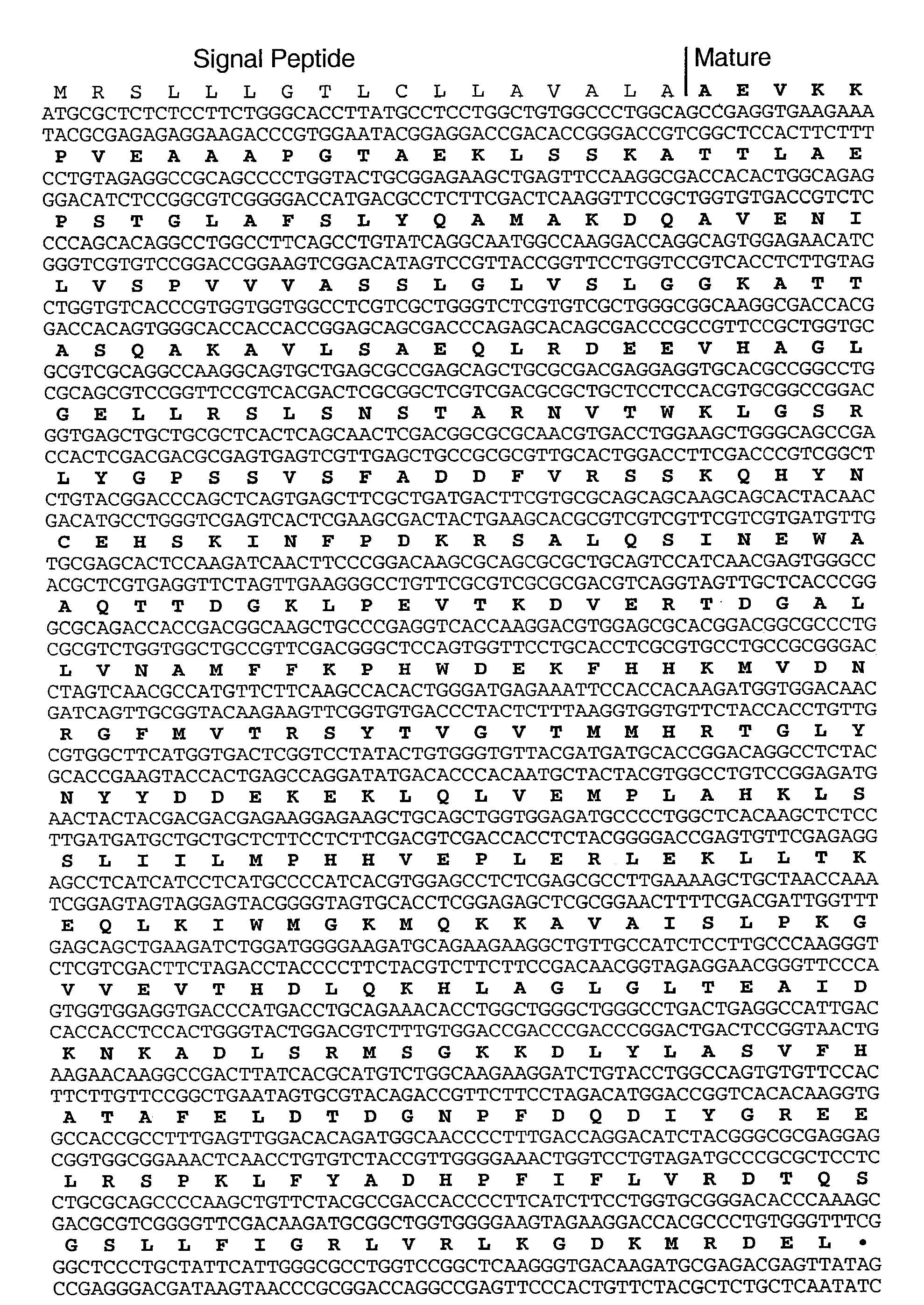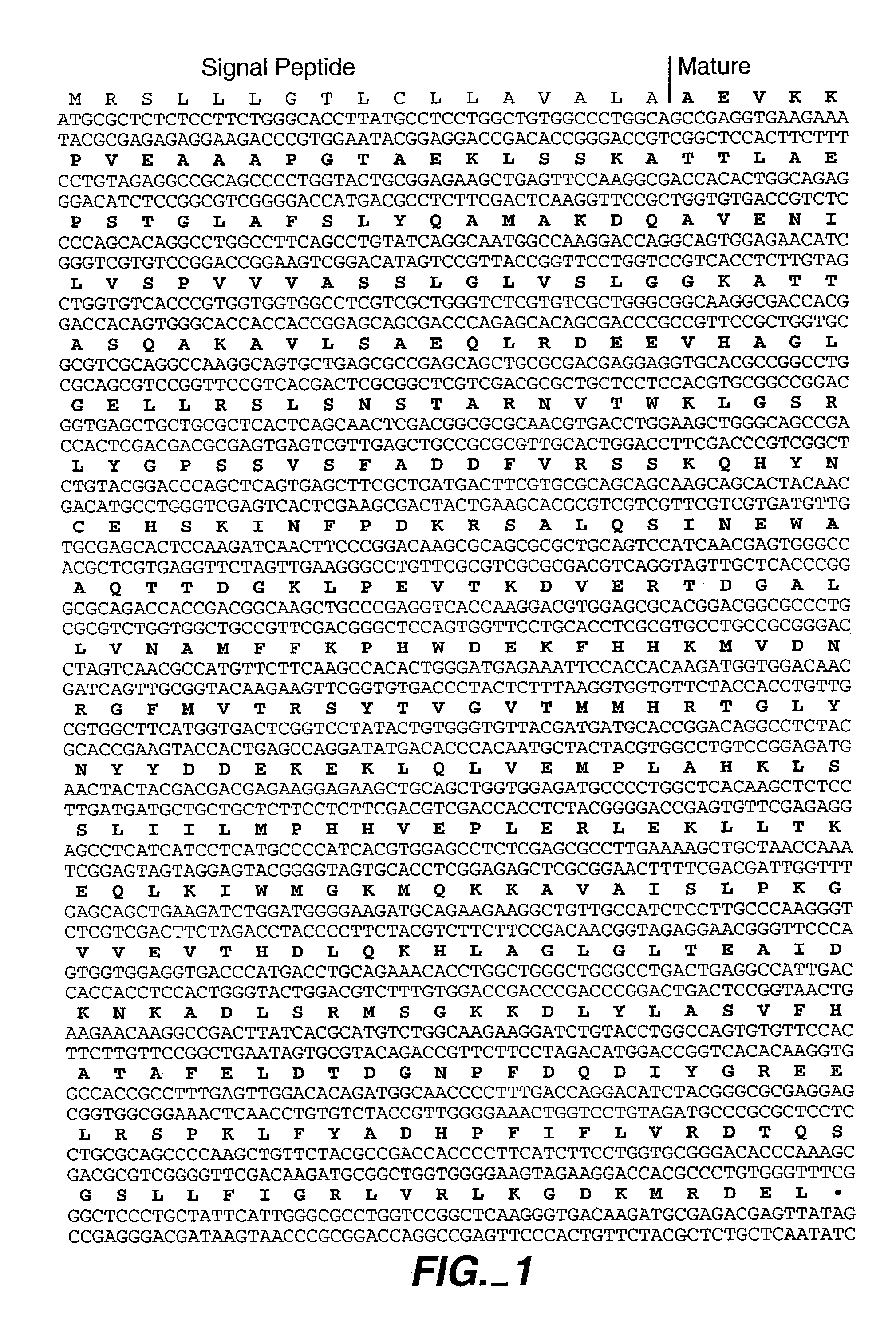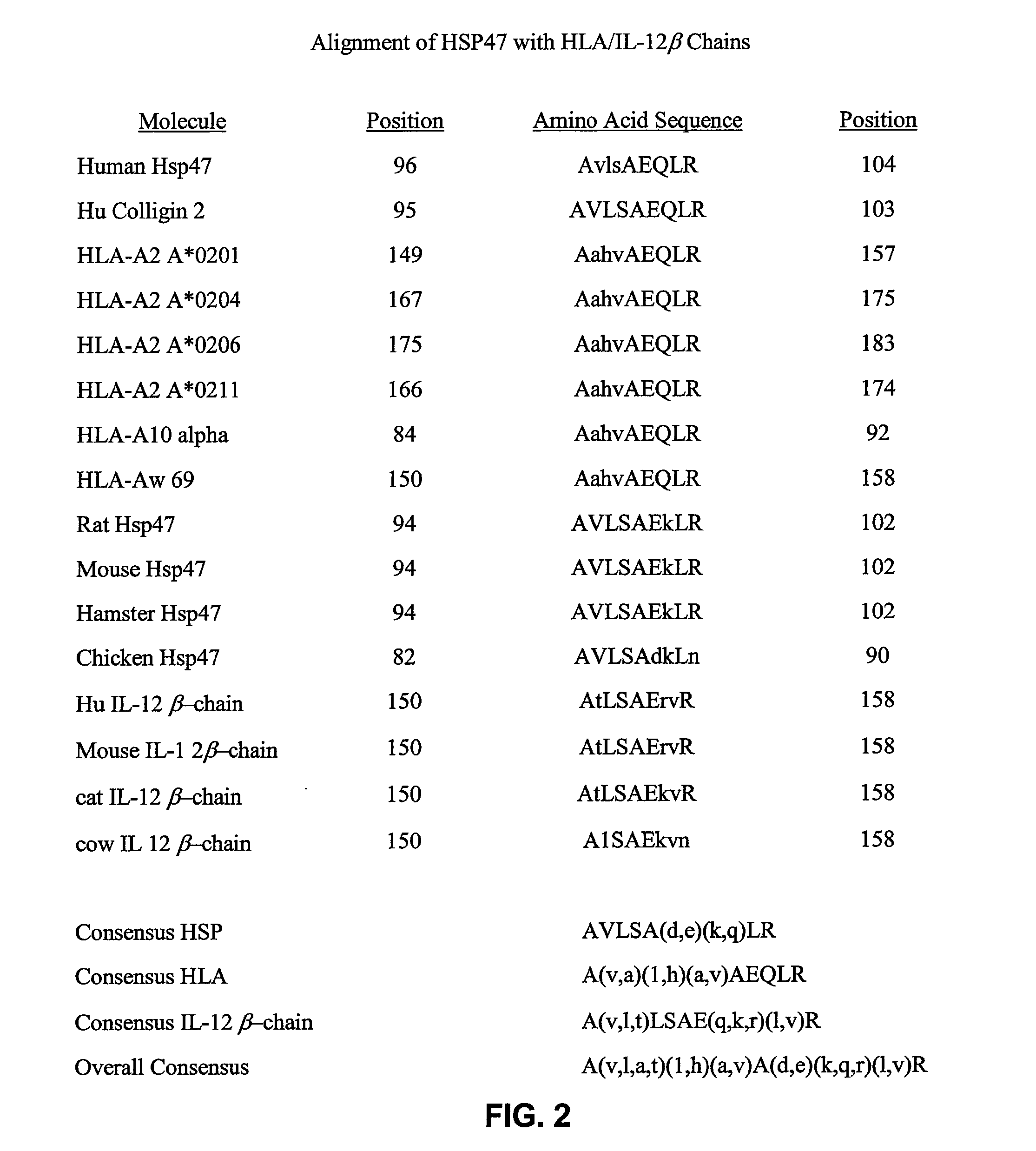Compositions and methods for protecting organs, tissue and cells from immune system-mediated damage
a technology of immune system and composition, applied in the direction of unknown materials, peptide/protein ingredients, fungi, etc., can solve the problems of limited in-vivo efficacy, cytotoxicity remains a challenge, and the lead of lak cell therapy
- Summary
- Abstract
- Description
- Claims
- Application Information
AI Technical Summary
Problems solved by technology
Method used
Image
Examples
example 1
Generation and Maintenance of CIK Cells:
[0109]Whole venous blood from healthy community donors, umbilical cord blood and buffy coats obtained by the Stanford Blood Center served as sources of peripheral blood lymphocytes (PBL). PBL cells were isolated using Ficoll-Hypaque (Pharmacia Fine Chemicals, Uppsala, Sweden) density gradient centrifugation. PBL were resuspended in RPMI 1640 (GIBCO-BRL / Life Technologies, Grand Island, N.Y.) containing 50 μm β-mercaptoethanol (ME), 100 IU penicillin-G ml-1, 100 IU streptomycin ml-1 and 10% FCS (all: Sigma Chemical Co., St. Louis, Mo.) at a density of 0.5-2×106 cells / ml. Enriched populations of large granular lymphocytes (LGL) and T-cells were obtained by subsequent exclusion of plastic and nylon wool adherent cells. Source LGL were cultured in a humidified incubator with 5% carbon dioxide at 37° C. Hormonal stimulation consisted of addition of recombinant human interferon gamma (rhu g-IFN) (a kind gift of Genentech, South S...
example 2
Cloning and Expression of the Hsp47 Gene
[0117]Partial huHsp47 gene fragments derived by RT-PCR (a kind gift of Dr. Sanwal, Ontario, Canada) were amplified in vitro and artificial cloning sites introduced by PCR. These fragments correspond to nucleotides in FIG. 1. The nucleic acid encoding the amino terminal 39 amino acids of Hsp47 (excluding the signal sequence and first amino acid of the mature protein) was amplified with the following primers: 5′ primer ACGTTTGGATCCAGGTGAAGA (SEQ ID NO:15), 3′ primer GTCCTTGGCCAT (SEQ ID NO:16). The 5′ primer incorporated a Bam HI site to facilitate cloning into further vectors. The 3′ primer incorporated an Mlu NI site to facilitate fusing the nucleic acids encoding the amino and the carboxy terminal portion of the protein. The nucleic acid encoding the carboxy terminal 360 amino acids was amplified with the following primers: 5′ primer GCAATGGCCAAGGACCAGGCAGTGGAG (SEQ ID NO: 17), 3′ primer ATCTGAATTCCTATAACTCGTCTCGCA (SEQ ID NO:18). The 5′ prim...
example 3
Cytotoxicity Assays
51Cr-Release Assay
[0124]Target cells were metabolically labelled with 51Cr (Dupont—New England Nuclear, Boston, Mass.) by incubating 1×106 cells in 300 mCi 51Cr at 37° C. for 1-1.5 hours. The labelled cells were washed three times with phosphate buffered saline (PBS) containing 0.1% bovine serum albumin. The labelled cells were distributed in flat-bottomed 96 well microtiter plates at a concentration of 2×104 cells / well in triplicate. Effector (CIK) cells were added at the indicated ratios. Mabs were added prior to the addition of effector cells, and incubated for 15-30 minutes at room temperature. The final volume of the assay mixture in each well was 0.2 ml. After 4 hours at 37° C., the cells were collected by centrifugation and an aliquot of the supernatant was counted in a gamma counter (Micromedic Systems, Horsham, Pa.). The percentage of specific 51Cr release was calculated according to the following equation:
%specific 51Crrelease=(testrelease)-(spontaneousr...
PUM
| Property | Measurement | Unit |
|---|---|---|
| Fluorescence | aaaaa | aaaaa |
Abstract
Description
Claims
Application Information
 Login to View More
Login to View More - R&D
- Intellectual Property
- Life Sciences
- Materials
- Tech Scout
- Unparalleled Data Quality
- Higher Quality Content
- 60% Fewer Hallucinations
Browse by: Latest US Patents, China's latest patents, Technical Efficacy Thesaurus, Application Domain, Technology Topic, Popular Technical Reports.
© 2025 PatSnap. All rights reserved.Legal|Privacy policy|Modern Slavery Act Transparency Statement|Sitemap|About US| Contact US: help@patsnap.com



